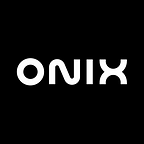Tips on Building Telemedicine Applications for Healthcare
Telemedicine technology and clinical applications are relatively recent milestones in healthcare digitization that mark a whole new level of healthcare services. Telehealth is a broader term that encompasses non-clinical services like remote patient monitoring or medical personal training.
The sudden outbreak of the COVID-19 pandemic significantly reduced the possibility of hospital visits. Thus, the demand for telemedicine applications for healthcare has increased by many folds. In fact, according to projections by Fortune Business Insights, the telehealth market will reach $560 billion by 2027.
With patients becoming more educated as consumers, their demands and expectations also grow. Namely, 93% of patients would be likely to use telemedicine to manage prescriptions, and 83% would like to continue using telemedicine even after COVID-19. This presents both new challenges and opportunities for healthcare software developers.
The most prominent examples of telemedicine technology include, but are not limited to, live video consulting, remote patient monitoring (RPM), mHealth apps, preventative care support, and assisted living center support.
In the following article, we provided some more breathtaking healthcare market statistics, discussed the unique features needed for building a telemedicine app for doctors and patients, reviewed the challenges of developing a healthcare app, and gave some valuable tips to solving them. Additionally, we have a downloadable free ready-made on the currently trending types of healthcare apps.
